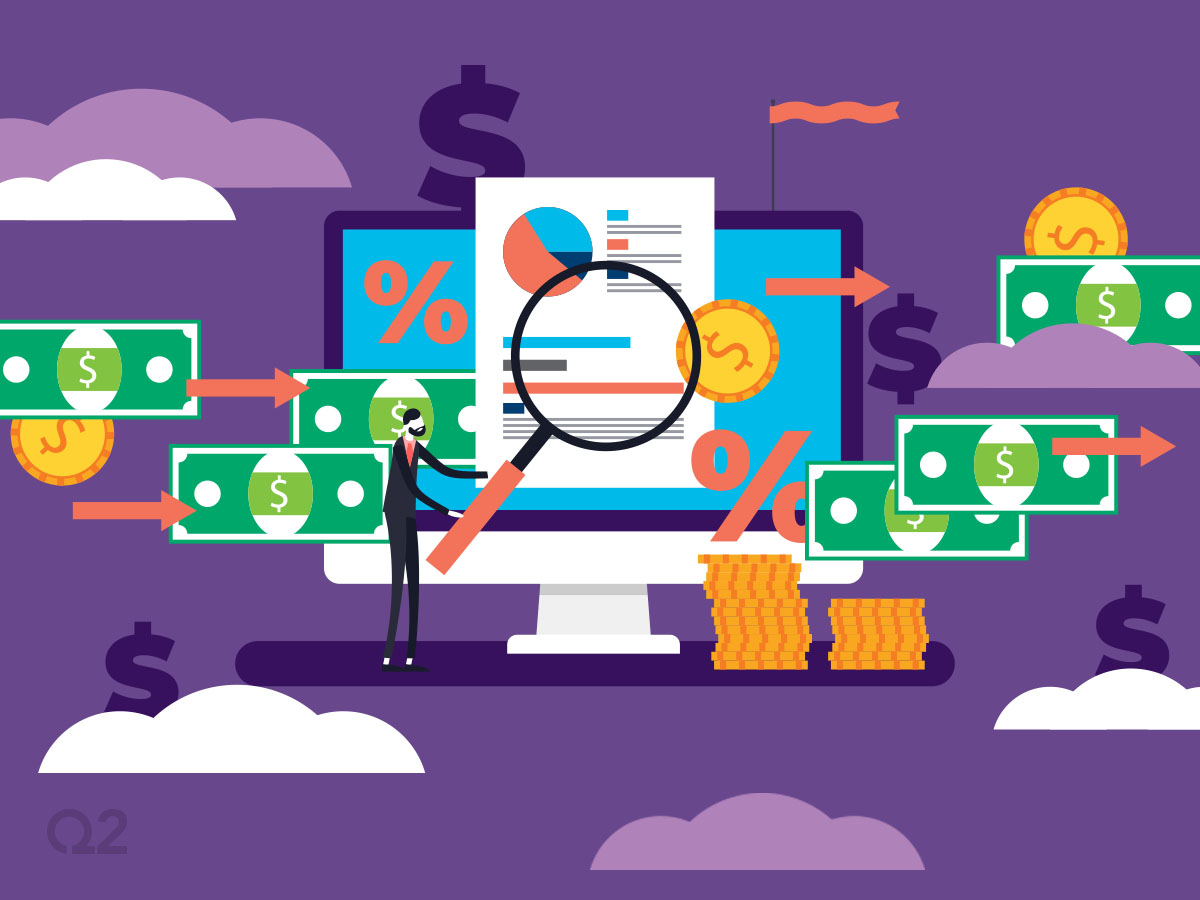COVID-19 has impacted just about every business. The scope of the impact is dependent on industry, pandemic readiness, and, most importantly, the pandemic’s effect on a user base.
Fintechs are impacted, too. They face headwinds as the pandemic, and the related economic concerns, continue. Financially impacted consumers are scaling back the use of certain fintech services and using fewer fintech apps.
At the same time, many fintechs face cash flow issues and access to capital. Besides immediate business challenges, fintechs are typically investor-funded startups. In their own way, they face the same predicament as many restaurants during the pandemic. Weak fintechs are getting weeded out because their pockets aren’t deep enough to sustain them through the current crisis.
Are there any tailwinds for fintechs?
Cash flow is everything, especially for fintechs. Because many don’t have a business model developed around cash flow, they will be significantly derailed—and as already pointed out, they may quickly fade away. Those fintechs geared heavily for user growth instead of revenue, as well as those that gained customers through significant marketing efforts instead of real value, are facing decline as their costs increase and staff is cut.
A loyal following is valuable, but fintechs must produce cash. As an early fintech platform provider, Q2 understands there is no better vehicle to monetize existing customers than banking. Even more, introducing a banking product is probably the fastest-to-market option to keep business running.
In most cases, the pandemic has boosted business for online banking providers. Market conditions in the new normal incentivize contactless payments and digital banking, and FIs that offer a powerful service in these areas have seen a considerable surge in signups. Some of the specific areas showing high volume and revenue include:
- Lending tied into the U.S. Payroll Protection Program – which drives volume and fees and leverages government as a funding source
- Personal Financial Management – a growing option for those consumers with less cash to spare and who are focused on budgeting and better managing their finances
- Investment apps – which have seen a surge in net-new users looking for opportunities in the stock market
What’s ahead for fintechs and BaaS?
Fintechs are showing success with the banking as a service (BaaS) model because they are structured to take a problem-oriented approach and solve a specific need. This allows them to differentiate and begin building loyalty that can be monetized.
Q2 supports fintechs – and a number of financial institutions – through a cost-effective BaaS infrastructure that delivers positive customer experiences. Q2 also provides its customers the capability to establish digital consumer and commercial lending, increasing revenue and producing profitability.
Emerging opportunities in the new normal
During the pandemic and the resulting new normal, resource constraints and remote working have helped BaaS keep and grow business for fintechs and FIs alike. Q2 offers an economic model that can make a fintech or FI of any size profitable. This model can also allow a third-party fintech to pick up the BaaS operation of an FI, offloading the cost of operations.
For Q2 BaaS, the future is all about continued investment in its platform and partners and solving problems. Q2 BaaS focuses on onboarding, fraud management, and compliance to ensure fintech and FI products always work as intended while adding next-generation features to empower continued differentiation.
The future, Q2 believes, will see financial services verticals change in a focused, industry-by-industry approach. In the coming months, look for a few first-in-industry banking products that will make FIs and fintechs think differently about how money works in this financial system. Stay tuned.
Find out more
Check out our “3 Requirements for Offering Banking Services (Without Being a Bank)” White Paper to learn about how to offer banking services without jumping through the compliance hoops required to become a bank.





